Sony A95L vs Samsung S95C: which OLED TV is right for you?
The new QD-OLEDs fight it out in a battle to be the best 4K TV in 2023
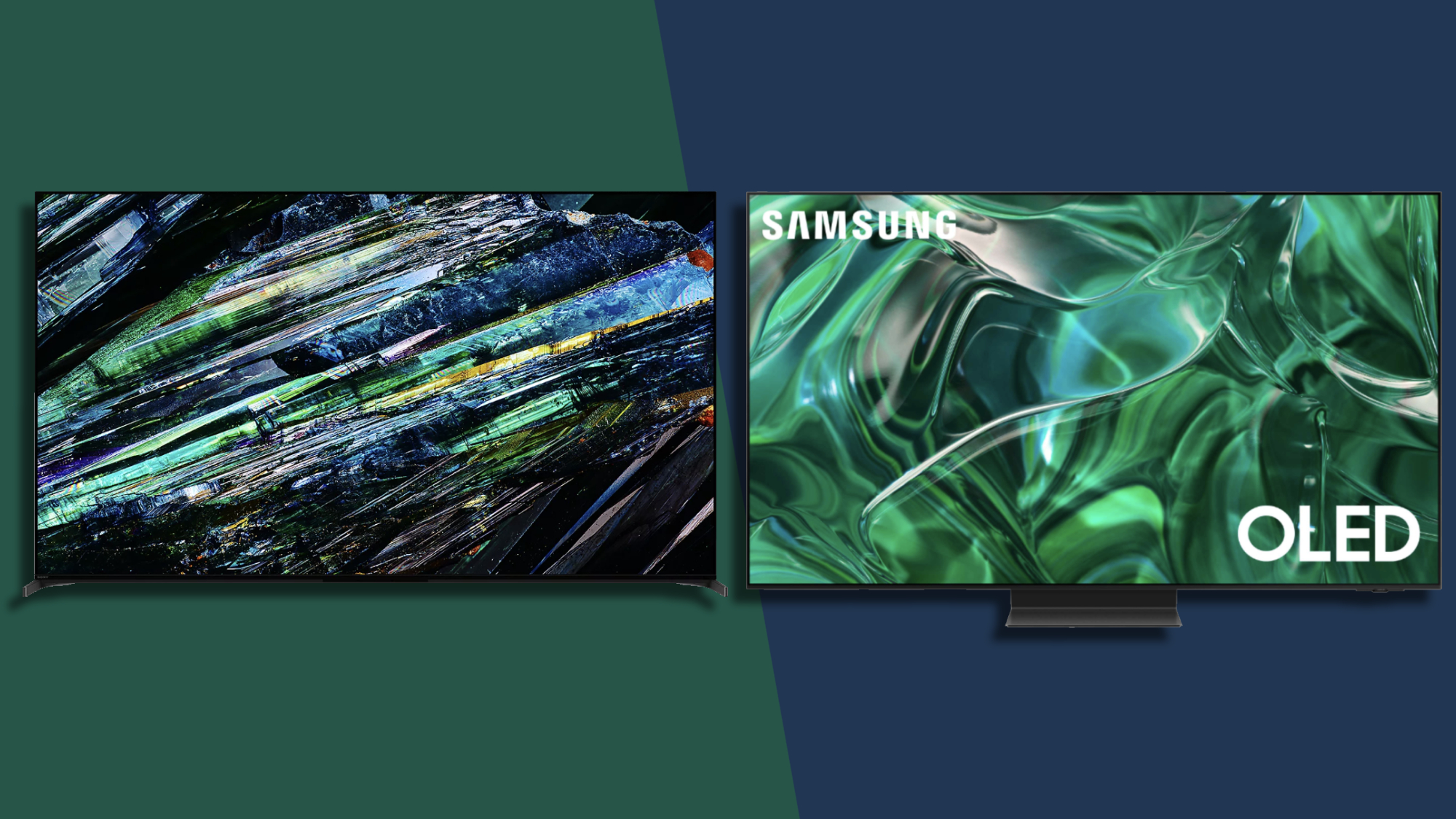
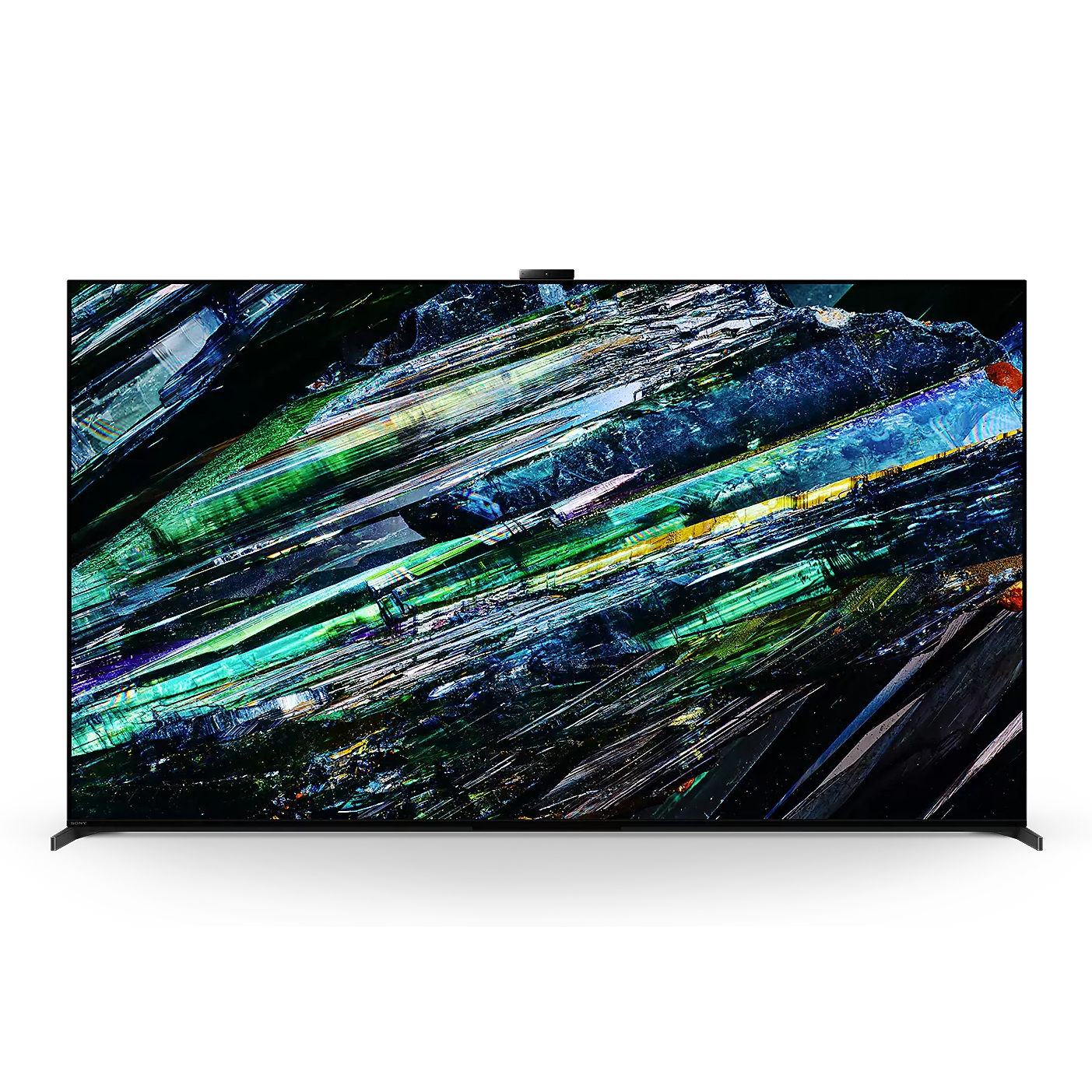
Sizes: 55, 65, 77 inches
Screen tech: QD-OLED
Processor: Cognitive Processor XR
HDMI: 4x HDMI 2.1
HDR: Dolby Vision, HDR10, HLG
Sony's next-gen QD-OLED offers increased brightness over last year's model thanks to its new quantum dot filter. Throw in a raft of fresh gaming-friendly features and picture processing enhancements, and the A95L is one of the brightest and most promising new OLED TVs in 2023.
For
- Super bright
- Brilliant black depth
- Great for gaming
Against
- Will probably cost a lot
- Limited range of screen sizes
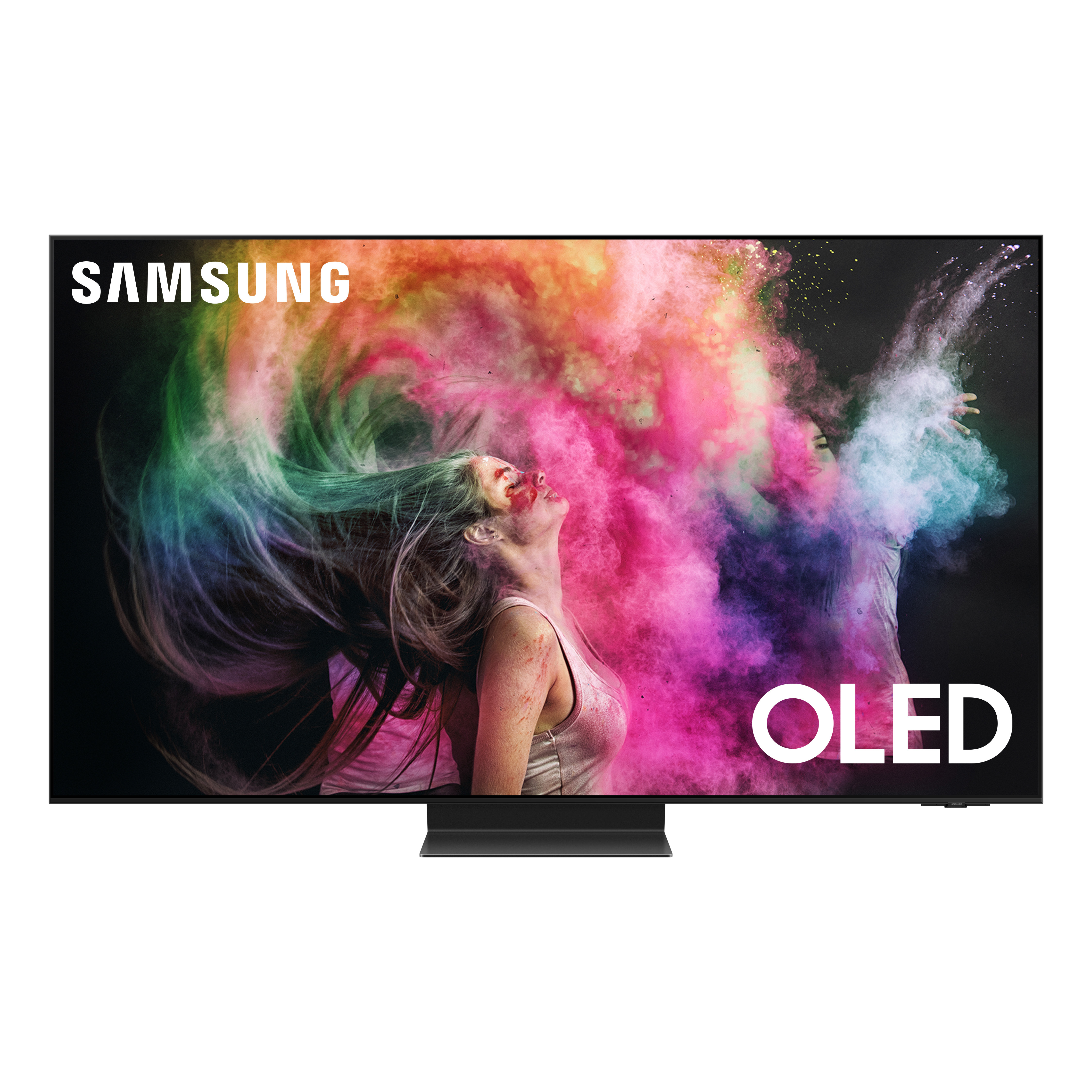
Sizes: 55, 65, 77 inches
Screen tech: QD-OLED
Processor: Neural Quantum Processor 4K
HDMI: 4x HDMI 2.1
HDR: HDR10, HDR10+, HLG
The Samsung S95C is the firm’s premium QD-OLED TV for 2023. The main selling point: it’s the brightest OLED we’ve ever seen. An impressive 25% brighter than last year’s already stellar S95B, it can hit a peak brightness of nearly 1,400 nits. Thanks to its Samsung One Connect box, it’s also a startlingly thin TV, even by OLED standards.
For
- Incredibly bright
- Great for gaming
- Absurdly slim design
Against
- No Dolby Vision HDR
- Expensive
The Sony A95L and the Samsung S95C could be the two best OLED TVs in 2023. Both of these 4K QD-OLED sets use quantum dot filters to boost screen brightness over traditional W-OLED panels, which make them significantly brighter than past models.
What differentiates these upcoming QD-OLEDs, though? Away from their brightness-bolstering tech, each screen offers different advantages for movie lovers and gamers.
In the following face-off, we’ll break down which of these new OLEDs is the right one for you, as we cover prices, features, and overall design differences to ask, which is right for you, the Sony A95L vs Samsung S95C?
Sony A95L vs Samsung S95C: Price, sizes and availability
The Samsung S95C QD-OLED launched not too long ago, and it’s no surprise that it arrives at a more expensive price point than its predecessor, the Samsung S95B.
The Samsung S95C OLED TV will cost you:
- 55-inch – $2,499 / £2,699 / around AU$3,900
- 65-inch – $3,299 / £3,599 / around AU$5,100
- 77-inch – $4,499 / £5,099 / around AU$7,400
Like the Samsung S95C, the Sony A95L QD-OLED will offer 55, 65, and 77-inch models when it launches in the second half of 2023. Though Sony is remaining tight-lipped on the subject on pricing for the time being, we’re predicting the following launch prices based on what its predecessor (the A95K) sold for at launch:
The Sony A95L OLED TV will (likely) cost you:
- 55-inch – $3,000 / £2,699 (around AU$4,499)
- 65-inch – $4,000 (around $3,699 / £2,900 / AU$5,999)
Please note that we’ve not predicted a price for the 77-inch model of the A95L as the A95K didn’t come in this screen size. Obviously the largest version of Sony’s new QD-OLED is going to cost a bundle. (Update: Sony has announced pricing for the A95L series, and it's not as high as we initially anticipated.)
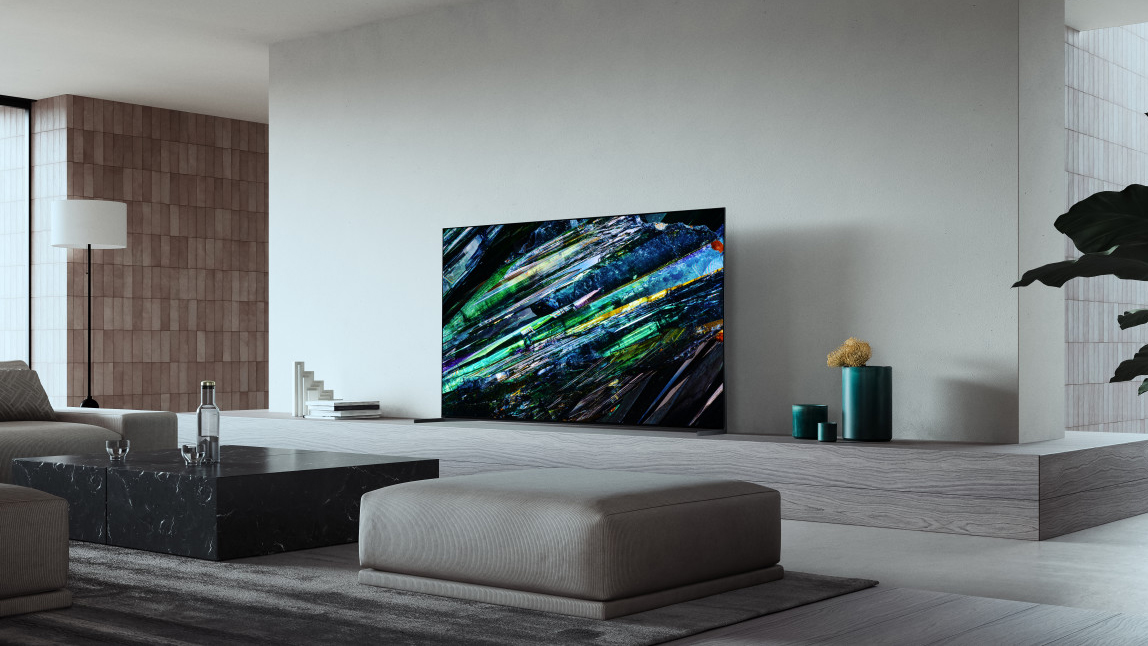
Sony A95L vs Samsung S95C: Features
Both the Sony A95L and the Samsung S95C are QD-OLED TVs. By using a quantum dot filter, they can match the brightness of the best QLED TVs while also offering the infinite blacks traditional OLED screens are famed for.
These new 2023 OLED TVs have four HDM1 2.1 ports – one of which acts as an eARC connection to ensure you can easily pair these TVs with a soundbar. While the Sony A95L supports a 4K signal up to 120Hz, the Samsung S95C goes one step further, supporting 4K up to 144Hz.
The Sony A95L is set to be the brightest OLED TV the Japanese giant has ever released. We recently went hands-on with the TV at a Sony event, and we were blown away by the QD-OLED’s vibrant picture. You can thank new processing techniques such as Sony’s XR OLED Contrast Pro, XR Triluminos Max, XR Clear Image, and XR OLED Motion for the panel’s superbly vibrant image quality.
Like the Sony A95L, and its direct predecessor the Samsung S95B, the S95C uses a quantum dot filter to boost image brightness and color accuracy. Although one continuing downer with the S95C, like all upcoming Samsung TVs, is that it won’t support Dolby Vision HDR.
It may not sport a Micro Lens Array panel like the upcoming LG G3 OLED, but the Samsung S95C will still boast a supremely bright image on par with the best LED TVs thanks to Quantum HDR OLED Plus – a feature that uses AI deep learning to fine-tune brightness down to the individual pixel.
Just how bright can the S95C go? When we tested it at a recent event in New Jersey, it hit peak light output on a 10% white window measuring an impressive 1,374 nits in Samsung’s Filmmaker mode. Place that figure next to the S95B’s peak light output of 1,040 bits, and the new 2023 QD-OLED gets a 25% brightness boost over its predecessor.
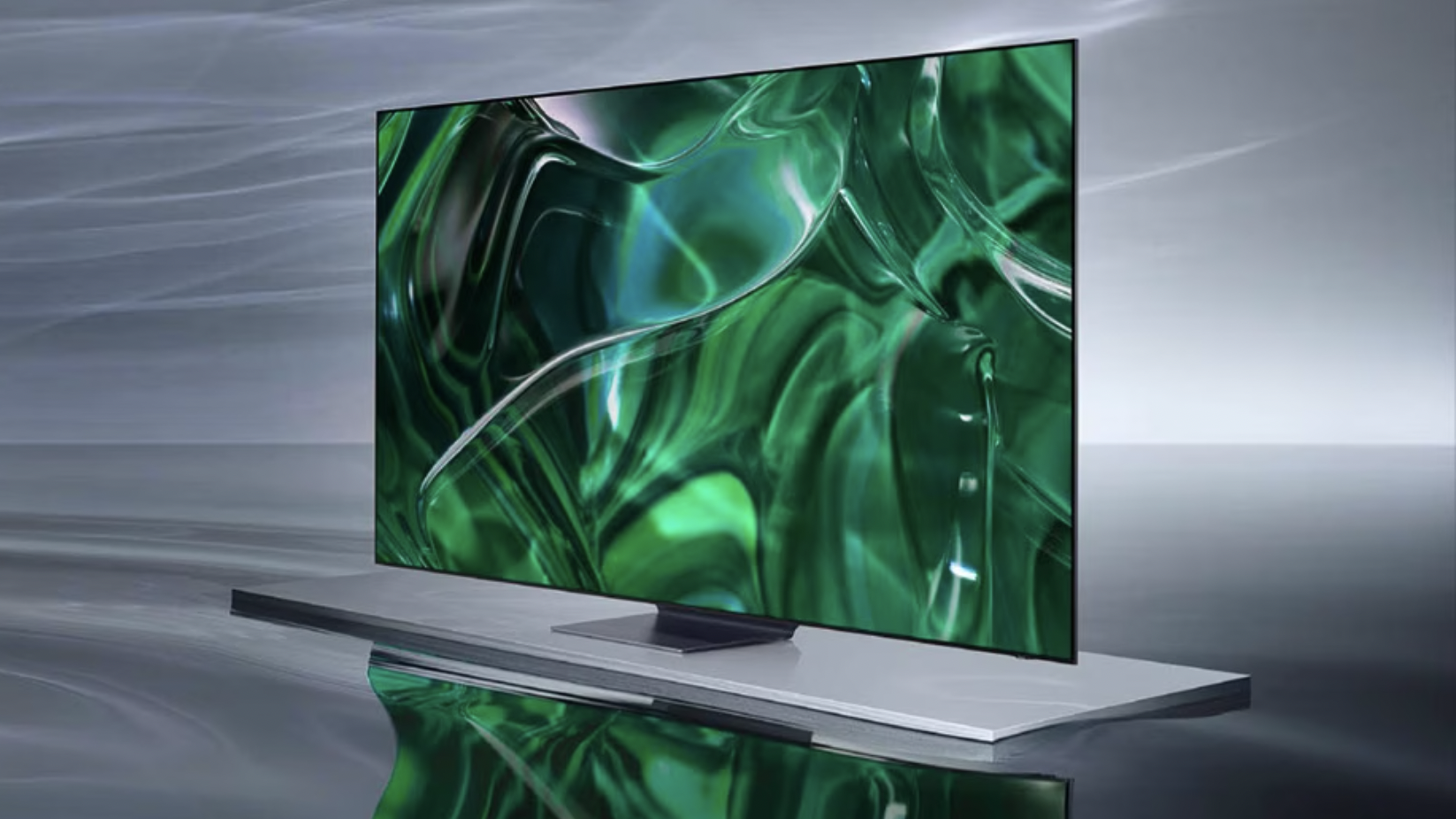
When it comes to gaming, both the Sony A95L and Samsung S95C should be ideal 4K panels to pair with either a PS5 or Xbox Series X. Sony’s 2023 OLED has several new features that boost its gaming credentials, such as its new Game Mode. It’s also labelled as being ‘Perfect for PlayStation 5’, and when you connect a PS5 to the A95L, an auto genre picture and auto HDR tone mapping immediately kick in.
The Samsung S95C should be a top-tier gaming display, too. A 01.ms response time means the best PS5 games will be buttery smooth on the new QD-OLED, while that 144Hz refresh rate really is lightning fast. As you’d expect, the S95C has VRR/ALLM support, while there’s also the option to stream games in 4K thanks to the addition of Nvidia GeForce Now.
As for audio, the A95L is boosted by Acoustic Surface Audio+; a feature that uses actuators on the rear of the TV to vibrate the panel to emit sound. Voices will also be boosted on the A95L if you pair it with a Sony soundbar thanks to Acoustic Centre Sync.
The Samsung S95C should offer a quality audio experience thanks to its 4.2.2 speaker system, which uses Object Tracking Sound Plus to improve the directionality of sound effects.
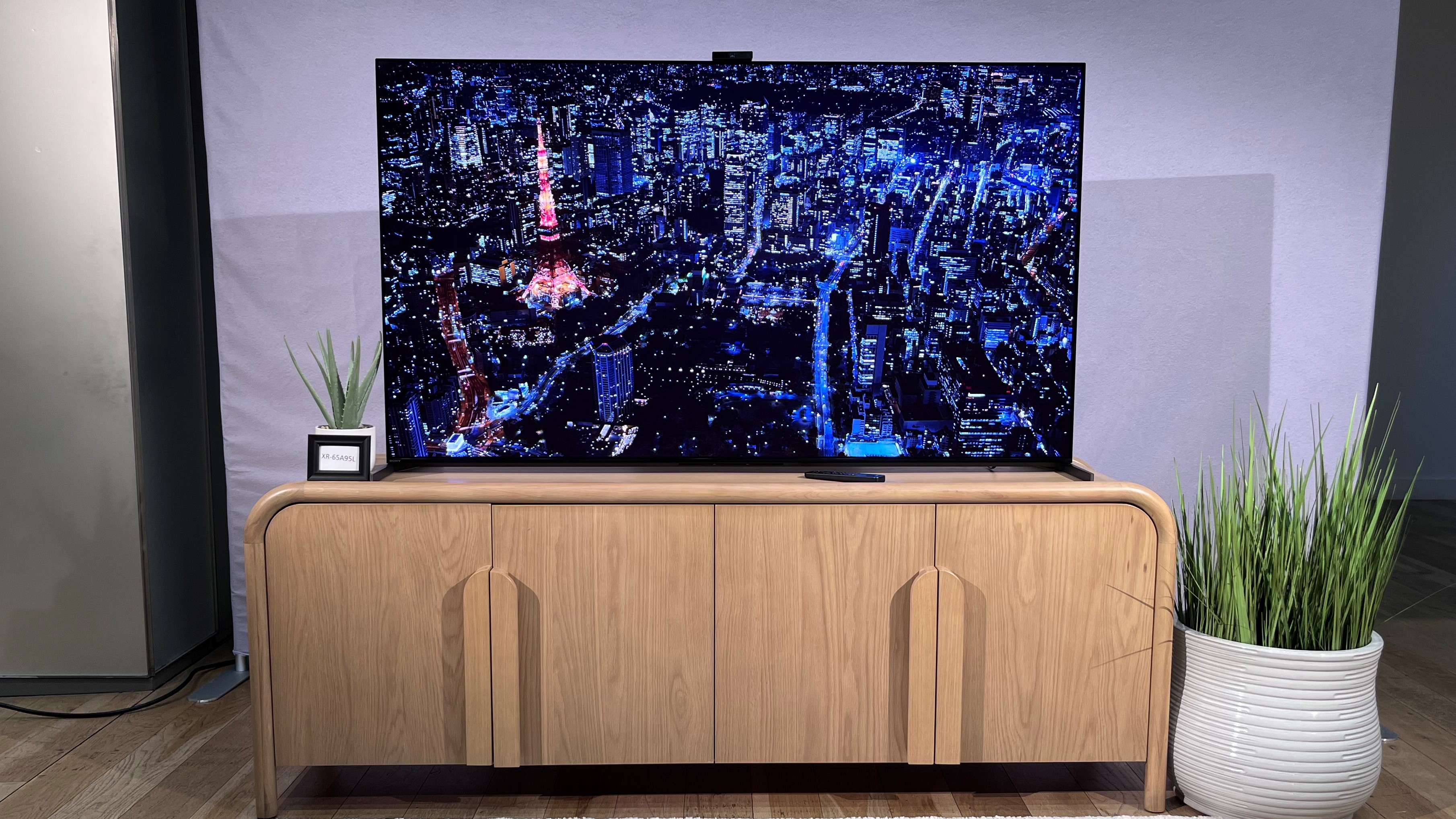
Sony A95L vs Samsung S95C: Design
It’s no surprise that both the Sony A95L and the Samsung S95C are seriously thin OLED TVs. Part of the reason the latter has its svelte ‘Infinity One’ design is thanks to its Samsung One Connect Box media receiver that houses the TV’s HDMI connections.
Unlike the S95C, the A95L’s HDMI ports are housed in the rear of the panel, yet it’s still a super skinny TV. Sony’s new QD-OLED is even better looking than the A95K in part because of its new ‘Immersive Edge’ design that features a three-way multi-positional stand.
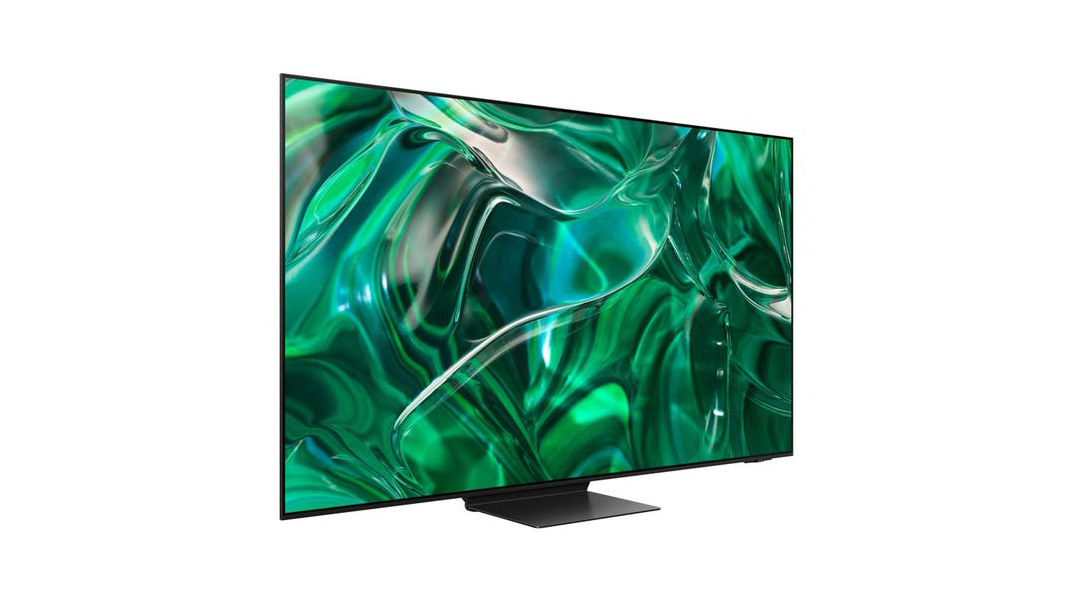
Sony A95L vs Samsung S95C: Conclusion
The Sony A95L QD-OLED and the Samsung S95C QD-OLED should both be brilliant 4K TVs. These OLED TVs build on their brilliant predecessors – the A95K and S95B both scored perfect 5/5 rating in our reviews – and these 2023 panels will be significantly brighter than their older siblings.
Both sets will have stiff competition from the likes of the LG C3 OLED and the Philips+908 OLED, so look out for our full reviews of the Sony A95L and Samsung S95C in the coming months. Whatever way you slice it, 2023 is shaping up to be the most exciting year for OLED tech in a long time.
Get daily insight, inspiration and deals in your inbox
Sign up for breaking news, reviews, opinion, top tech deals, and more.
Dave is a freelancer who's been writing about tech and video games since 2006, with bylines across GamesRadar+, Total Film, PC Gamer, and Edge. He's been obsessed with all manner of AV equipment ever since his parents first bought him a hideously garish 13-inch CRT TV (complete with built-in VCR, no less) back in 1998. Over the years he’s owned more plasma and OLED TVs than he can count. On an average day, he spends 30% of his waking existence having mild panic attacks about vertical banding and dead pixels.
